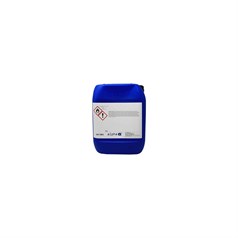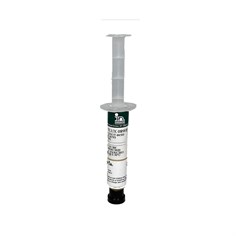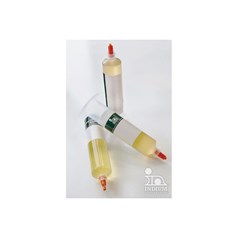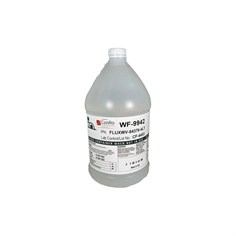- Home
- Solders, Fluxes and Preforms
- Soldering Flux
Soldering Flux
Soldering flux is a chemical cleaning agent used in the soldering process. It is especially useful in automated PCB assembly and hand soldering. Its purpose is to remove oxides and impurities from surfaces before soldering. Flux also acts as an oxygen barrier, preventing subsequent oxidation of the surface.
Using flux improves wetting characteristics of the molten solder. This makes the soldering joints stronger. Good wetting and a clean surface lead to better electrical properties.
Soldering flux is sold in solid, paste or liquid form. Dispensing bottles and pen-shaped dispensers are available. It can also be integrated in the core of soldering wire.
Conro offers a wide choice of soldering fluxes from major manufacturers such as Indium.
Conro is an authorized distributor for Indium.
Types of soldering flux
There are three main categories of soldering flux.
· Rosin flux: The most common. Rosin flux flows and becomes acid when heated. Recommended for electrical soldering. It is the least corrosive flux.
· Organic flux: Made from organic materials other than rosin. Compared to the previous type, it is a stronger cleaner. It is also more corrosive and needs careful cleaning.
· Inorganic flux: Made with various types of chemicals. It is used with stronger metals. Not recommended for electrical circuits, due to its strength. Its main application is plumbing.
Cleaning soldering flux
After soldering, flux residue should be cleaned as soon as possible. Residue can lead to poor component performance. Rosin flux can be removed with isopropyl alcohol. Organic flux can be cleaned with water.
Some organic fluxes are no-clean. This means they require little or no cleaning after application. However, residual no-clean flux can still reduce the adhesion of conformal coatings. It is best to clean flux residue whenever possible.









